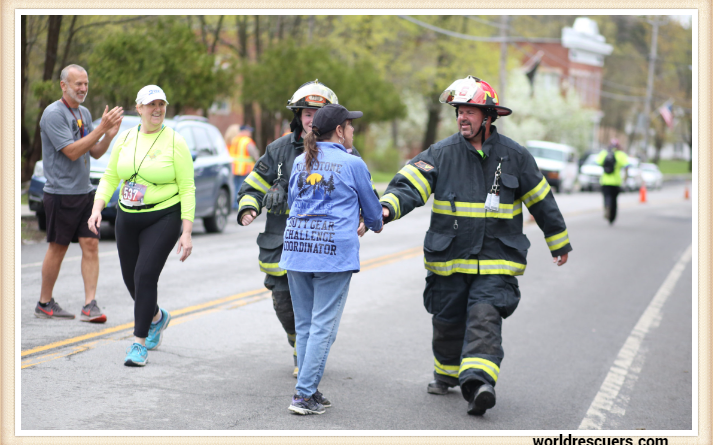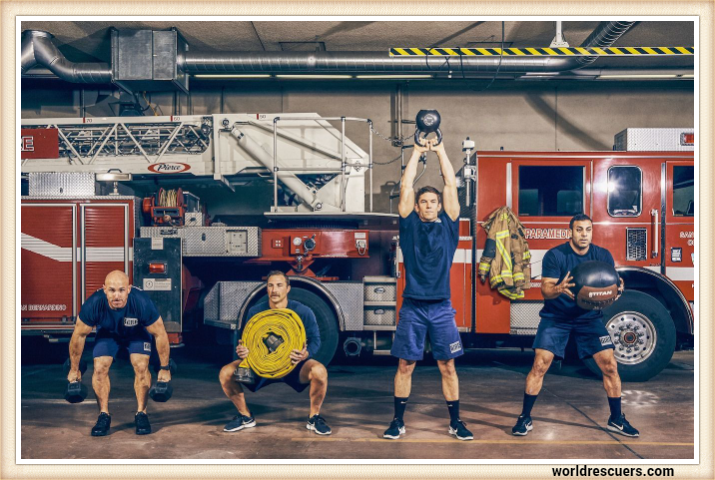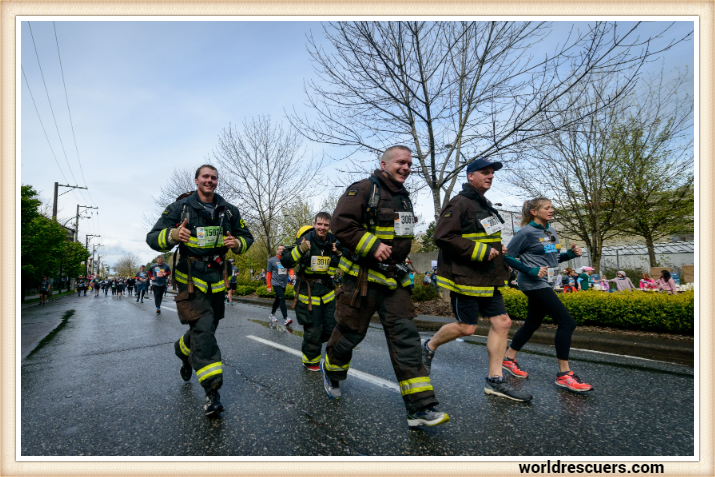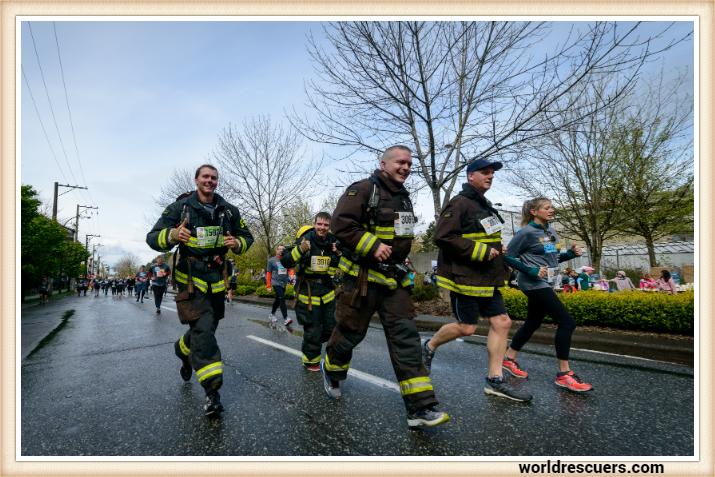
Conclusion
In this comprehensive guide, we’ve covered the essential aspects of first responder fitness. To excel in your career and protect your community, prioritize your physical health through rigorous training, proper nutrition, and a dedication to meeting fitness standards. Remember, being in peak physical condition not only enhances your performance but also ensures your safety and the safety of those you serve. Stay committed to your fitness journey, and you’ll be well-prepared for the challenges of the first responder profession.
Introduction
In our quest to provide the most comprehensive information on first responder fitness, we’ve compiled a comprehensive guide to help you achieve peak physical condition for the demanding role of a first responder. We understand the importance of maintaining top-tier physical health in this line of work, and this guide aims to cover every aspect of fitness testing, training, and nutrition.

The Importance of First Responder Fitness
First responders, including firefighters, police officers, and paramedics, face unique physical challenges daily. Their role demands peak physical performance to ensure the safety of themselves and others in emergency situations. Optimal fitness is not just a personal choice; it’s a professional obligation that can mean the difference between life and death.
Fitness Testing for First Responders
Understanding the Standards
First, let’s delve into the standards and benchmarks that first responders should meet. To prepare for any fitness test, you must know what’s expected. Fire departments, police agencies, and EMS organizations often have specific fitness requirements. These standards typically encompass areas such as strength, endurance, flexibility, and cardiovascular health.
Preparing for the Test
Before the actual test day, it’s crucial to prepare adequately. A well-structured fitness regimen should include strength training, cardiovascular exercises, and flexibility workouts. We recommend a balanced approach that targets all aspects of fitness.
ALSO, FOLLOW US ON PINTEREST
Sample Fitness Test
To give you a better idea of what to expect, here’s a breakdown of a sample fitness test commonly used for first responders:
1. Push-Ups:
- Aim for a minimum of 30 push-ups within a specified time frame.
- Focus on form to ensure each push-up is counted.
2. Sit-Ups:
- Perform at least 35 sit-ups within the designated time.
- Maintain proper form to maximize your count.
3. 1.5-Mile Run:
- Complete a 1.5-mile run in a set time.
- Train for endurance and speed to meet the requirements.
4. Flexibility Test:
- Specific flexibility tests may vary, but common assessments include the sit-and-reach test.
- Stretching exercises are essential for success.
Nutrition for Optimal Performance
Achieving and maintaining peak physical condition involves more than just exercise. Nutrition plays a pivotal role in supporting first responder fitness. A balanced diet should include:
- Lean proteins to support muscle growth and repair.
- Complex carbohydrates for sustained energy.
- Healthy fats for overall health.
- A variety of fruits and vegetables for essential vitamins and minerals.
First Responder Training: Training for Success
Strength Training
Strength is a fundamental component of first responder fitness. Incorporate weightlifting, bodyweight exercises, and resistance training into your routine to build and maintain muscle mass.
Cardiovascular Conditioning
Cardiovascular fitness is vital for endurance in the field. Regular aerobic workouts like running, swimming, or cycling improve your heart and lung health.
Flexibility and Mobility
Enhance your range of motion and reduce the risk of injury with flexibility exercises. Incorporate stretching and yoga into your weekly regimen.

FAQ’s
What is the exercise routine for First Responders?
The exercise routine for First Responders includes strength training, cardiovascular conditioning, and flexibility exercises.
How do first responders strength train?
First responders strength train through a combination of weightlifting, bodyweight exercises, and resistance training.
Why is exercise important for First Responders?
Exercise is crucial for First Responders because it enhances their physical performance and ensures their safety and effectiveness in emergency situations.
What defines a first responder?
A first responder is an individual trained to provide immediate assistance in emergency situations, typically including firefighters, police officers, and paramedics.
Highly trained Assistant Fire Chief dedicated to public safety and awareness for the past 16 years. Effective leader who remains steady during times of emergency, while directing and motivating team members throughout crises.


